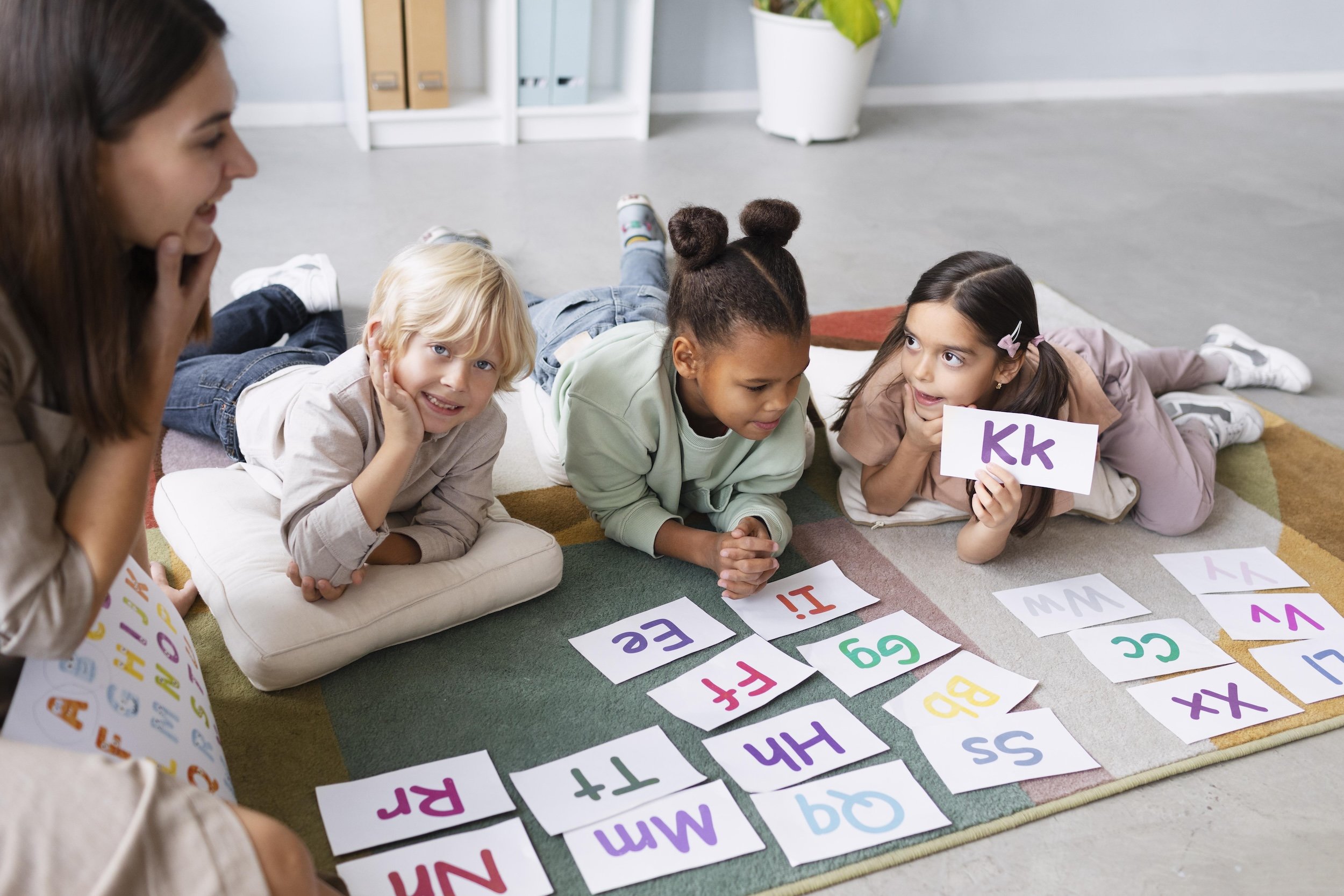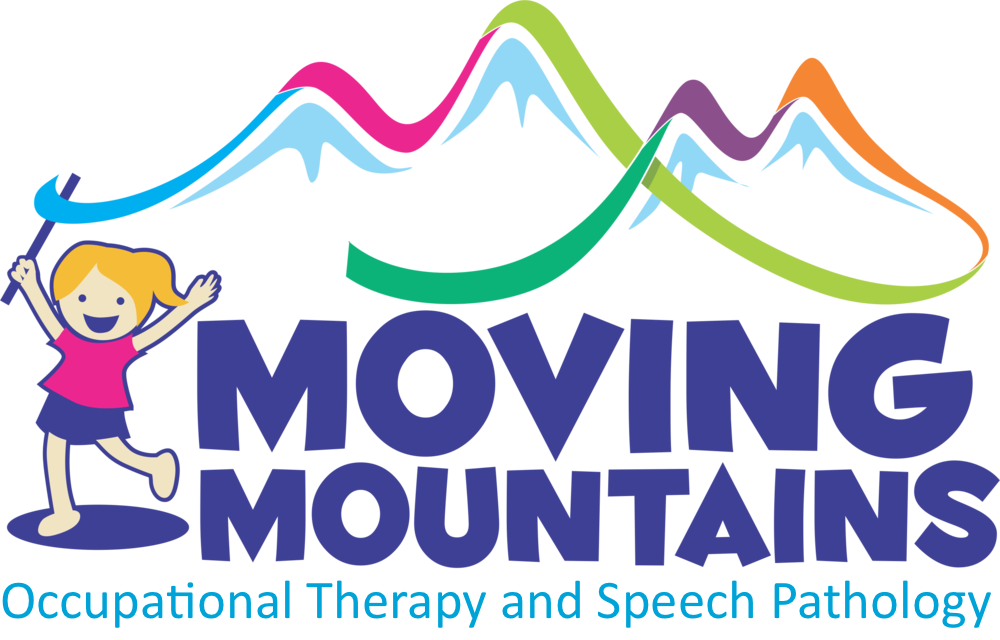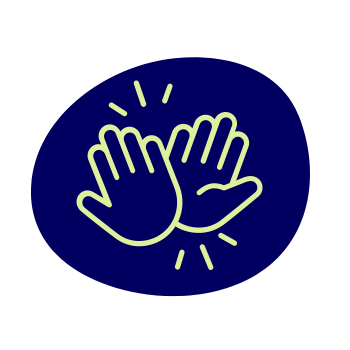
Speech Pathology
Speech Pathology services can assist children in their abilities to communicate and interact with the people and world around them. This includes developing their skills in playing, talking, listening, socialising, reading and writing.
How Do You Know If Your Child Needs Speech Therapy?
Does your child find it hard to use gestures (i.e pointing) or words to communicate ?
Is it challenging for others outside your immediate family to understand what your child says?
Does your child seem frustrated when they’re trying to communicate with others?
Is your child having difficulty learning new words or using a range of vocabulary in everyday conversations?
Does your child struggle with understanding questions or following simple directions?
Have you noticed any stuttering or hesitation when your child speaks?
Does your child find it challenging to read and spell unfamiliar words?
Does your child have trouble connecting sounds with letters when learning to read or write?
Is your child able to retell stories or describe things in a logical order, or do they seem to get confused?
What do these areas include?
Speech
Speech sound delays involve articulation errors (making the sound), phonological process errors (patterns of sounds) and apraxia (motor planning).
-
Not sounding clear
Sounding slushy
Replacing ‘k’ for ‘t’ in words (e.g. cat à tat)
Producing ‘s’ as a ‘th’ (e.g. ‘so’ à ‘tho’)
Not being understood by unfamiliar listeners
Expressive Language
This includes a child’s ability to join words to form sentences using the correct vocabulary and grammar.
-
Not using gestures or words to communicate
Not joining words to form sentences
Using short sentences for their age
Using incorrect grammar
Being unable to hold a conversation
Having difficulties retelling/writing a story
Phonological awareness (early reading and writing skills)
Phonological awareness refers to a childs ability to understand that words are made up of sounds and a childs ability to manipulate these sounds within words. This includes breaking words into sounds, syllables, identifying and producing rhymes, identifying initial and final sounds and blending sounds together. These skills are necessary as they serve as foundational skills in the development of reading and writing.
-
Mispronouncing letters or words.
Difficulty distinguishing between similar sounds sounds (e.g. getting confused between the ‘u’ and ‘a’ sounds)
Skipping over words
Inability to decode sounds in words
Guessing a word based on the first sound they see
Writing unrelated/made up words to those they were thinking of
Repetitive Language
Receptive Language includes a child's ability to understand what is heard and/or read. The symptoms for a receptive language delay can be varied as it depends on the age of your child.
-
Experiencing difficulties following instruction
Not answering questions correctly
Having ‘behaviour difficulties’
Not being able to follow a story
Augmentative and Alternative Communication (AAC)
AAC provides different ways for children to express themselves and connect with others. Some children benefit from AAC to support spoken communication, while others may use it as their primary way of connecting with those around them. By honouring each child’s natural communication methods, AAC empowers them to communicate authentically and confidently in a way that feels right for them.
-
Picture exchange communication systems (PECS)
Core vocabulary boards
Sign language or gesture
Speech generating devices
Tables or iPads with AAC apps
Eye-gaze technology
Switch-activated devices
Social Skills
Social skills are the verbal and non-verbal ways we communicate and connect with others. These skills can develop uniquely for each child, and some children benefit from strategies to support their social communication. By respecting each child’s natural communication style, we can help build strategies that feel authentic and supportive for them.
-
Have a preference to communicate without eye contact
Find it challenging to stay on a topic during conversation
Experience difficulties understanding or expressing emotions
Have a hard time initiating conversations
Benefit from guidance on turn-taking
Feel unsure about greetings and general social customs
Stuttering
Stuttering is a communication disorder in which the flow of speech is interrupted.
-
Repetitions of sounds, syllables, words and/or phrases
Prolongations of sounds
Blocks in between words














